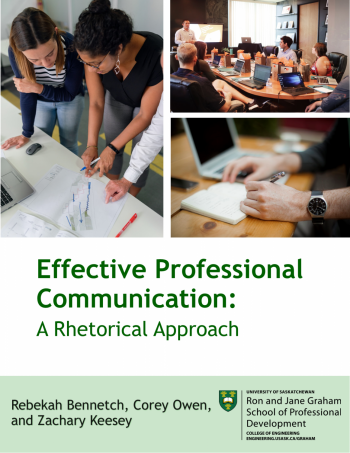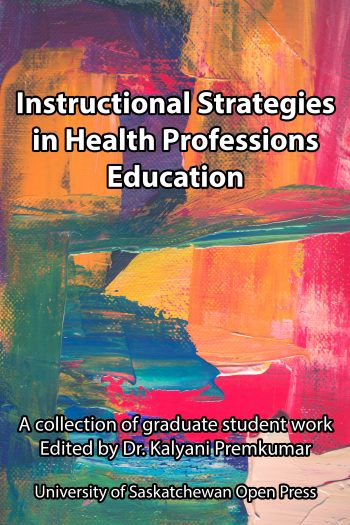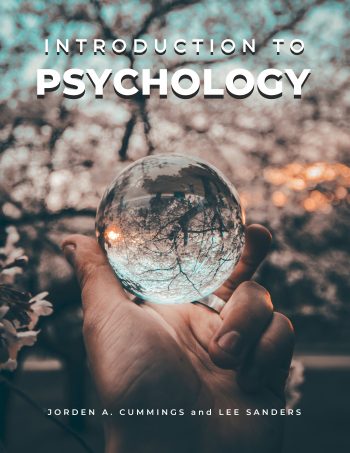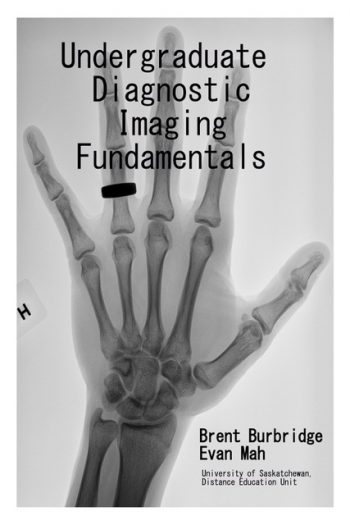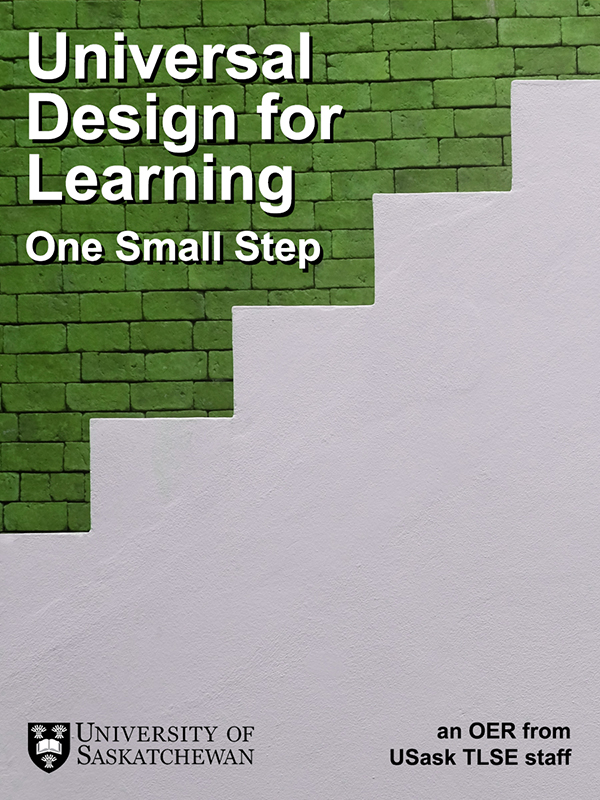In this Issue: Seriously Cool Stuff from USask Open Press
-
- What is Open Press?
- Recent Project Highlights from USask Open Press
- Feedback from Project Authors and Editors
- USask Supports for OER and Open Pedagogy
- DEU Support and Contact Information
What is Open Press?
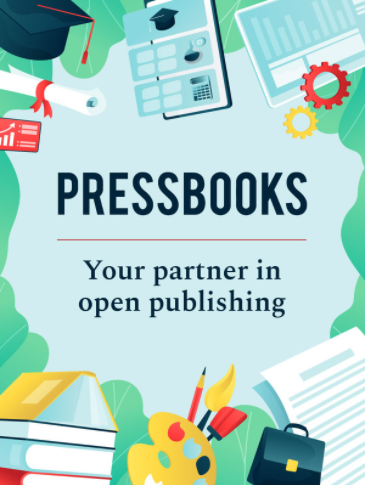 Open Press is the open academic publishing platform at the University of Saskatchewan. Built upon the Pressbooks e-book platform, Open Press is available to USask educators to create, publish, and share their open textbooks, lab manuals, learning materials, graduate handbooks, and more, all with a visually-appealing and easy-to-navigate presentation, and a number of excellent digital export and formatting options. Content published on Open Press can be highly interactive, incorporating things like embedded media, downloadable files, H5P activities, and beyond. You can use Open Press to adapt and customize pre-existing open educational resources (OER), or you can create something totally new from scratch. You can even use Open Press to support student creation of collaborative OER projects (i.e., open pedagogy). And open textbooks, which are free of cost to learners, provide massive cost savings to students over commercial textbooks. For so many reasons, we think this is seriously cool stuff!
Open Press is the open academic publishing platform at the University of Saskatchewan. Built upon the Pressbooks e-book platform, Open Press is available to USask educators to create, publish, and share their open textbooks, lab manuals, learning materials, graduate handbooks, and more, all with a visually-appealing and easy-to-navigate presentation, and a number of excellent digital export and formatting options. Content published on Open Press can be highly interactive, incorporating things like embedded media, downloadable files, H5P activities, and beyond. You can use Open Press to adapt and customize pre-existing open educational resources (OER), or you can create something totally new from scratch. You can even use Open Press to support student creation of collaborative OER projects (i.e., open pedagogy). And open textbooks, which are free of cost to learners, provide massive cost savings to students over commercial textbooks. For so many reasons, we think this is seriously cool stuff!
Keep reading to see what other USask educators have been doing with Open Press, and learn more about the supports available to you…
Recent Project Highlights from USask Open Press
The following are just a few examples and highlights from the USask Open Press catalog. See more of what’s being shared at openpress.usask.ca/catalog.
Creating an open textbook is often compared to the process of online course development. This similarity was picked up by the authoring team, as they took lessons learned while teaching remotely and applied them to this technical communication textbook. This book examines communication through political, rhetorical, ethical, and interpersonal lenses, and demonstrates various applications useful to students as they pursue future careers. The book reinforces key concepts through the inclusion of many H5P interactive elements, quizzes, case studies, and other resources that enhance the reading experience.
Students in the Health Professions Education course ECUR 836: Teaching Methodologies dove deep into researching various teaching strategies in small teams. They developed individual chapters that were then compiled to form a single Pressbook resource. The product of their efforts is now widely available and useful to anyone engaged in health professions education. By sharing their work, this learning community hopes to produce a ripple effect to improve the quality of teaching in their respective fields.
Dr. Cummings and Lee (Storm) Sanders worked together on this project to adapt and remix various existing OER into a singular open textbook for first-year psychology students. In addition, a team of graduate student assistants helped to create a large test bank and ancillary materials for instructors. When asked for comment, Dr. Cummings noted something that is common among OER in higher education: “Prior to our creation of this book, all of the OER Intro Psychology resources were American. We curated existing content, updated it, and wrote new content for a book that is more appropriate for Canadian students.” This work is exemplary of the flexibility OER provides in localizing and contextualizing existing resources to meet student needs.
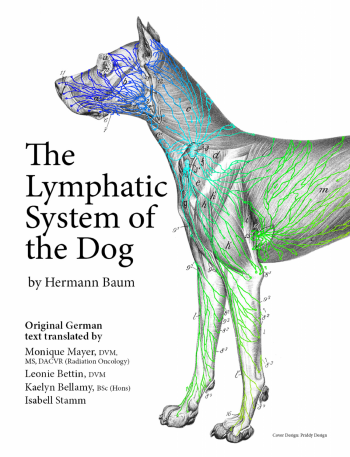 Monique Mayer (Western College of Veterinary Medicine) with Loenie Bettin, Kaelyn Bellamy, and Isabell Stamm
Monique Mayer (Western College of Veterinary Medicine) with Loenie Bettin, Kaelyn Bellamy, and Isabell Stamm
This project began as a German-to-English translation of the public domain book The Lymphatic System of the Dog (Dr. Hermann Baum, 1918) that then evolved to include additional enhancements for learning. Original diagrams were digitized and provided a basis for interactive elements, such as H5P drag-and-drop activities, while newer images from Dr. Mayer’s clinical practice were used to create H5P dialogue cards. When asked for comment, Dr. Mayer reflected on the impact of this project: “Prior to the completion of our open project, the text was only accessible as the original German publication and referenced within an expensive anatomy textbook in English. Dr. Baum’s book now has equitable online access in English rather than the potential challenge for learners to find it in libraries or the need to purchase antique copies.”
This book offers another example of localizing an existing openly-licensed resource, but what makes this project unique is that the adaptation of materials was a project-based assignment for an online graduate class (ETAD 874: Advanced Instructional Design). Students were challenged with creating a resource for future students learning about instructional design at USask and beyond. What they produced was an open textbook enhanced with new images, interactive H5P chapter reviews, and new case interviews with Canadian instructional design experts.
This book follows a standard curriculum for Undergraduate Medical Education, in which medical principles and concepts are presented alongside images of common clinical conditions. Beginning with an overview of radiation biology and protection, imaging and reviewing techniques, the book presents a series of case examples complete with history and imaging through CT findings and discussion. Students are also able to access a high-resolution HTML-5 compatible, Dicom image viewer that simulates a simple Picture Archive and Communication system.
Universal Design for Learning (UDL) is a powerful set of approaches that allows you to make sure the greatest range of students can access and engage in learning – not just certain students. Authored by a collaborative team of TLSE staff members, this new learning resource is available to help USask educators reshape their teaching practices by using the principles and approaches of UDL. Learn more about this project on the DEU Blog.
Feedback from Project Authors and Editors
On Supports for Success
We asked a few Open Press authors for some feedback on what available supports helped to enable their success. Here is some of what they said:
“The funding from GMCTL was essential to this project, as was the assistance of DEU and the graduate students I was able to hire to help out. It takes a team to produce a great OER!”
– Jorden Cummings
“There is exceptional support at USask if you are considering using Pressbooks. Our course was a successful and joyful learning experience thanks to the expert insights from Heather Ross (Gwenna Moss). Thanks to Jordan Epp (Distance Education Unit), we had no technical issues integrating Pressbooks with Canvas LMS. Through the Open Educational Resource Funding, I was able to hire a TA.”
– Paula MacDowell
“The DEU is always a great resource, and have been so helpful with any technical question or concern I’ve encountered along the way. A big thanks to the GMCTL, who gave our department a grant that helped us to fund a research assistant.”
– Rebekah Bennetch
“The success of our project was supported by consultation and advice from our Distance Education Unit team member. The graduate and undergraduate students (supported by a grant from the GMCTE) built the textbook in Pressbooks…”
– Monique Mayer
On The Authoring Process
We also asked about what it’s like to begin with existing resources, or start from scratch, and customize your own Pressbook project:
“It did not feel as intimidating to begin to ’write a book,’ and it felt fulfilling to contribute to other technical communication materials for other instructors to access and use.”
– Rebekah Bennetch
“It was a long and arduous process but it was worth it. Have fun. Creating an ebook was a milestone for me.”
– Brent Burbridge
On Open Publishing as a Student
Publishing open materials is also a rewarding learning experience for students, whose work acts as a notable portfolio addition and a resource for future students. The following feedback comes from students who contribued to an open textbook project as part of their coursework:
“In taking a step back and reflecting on ETAD 874, my overwhelming feeling is one of deep appreciation for a highly rewarding project and learning experience. It is very satisfying to participate in any project as part of such a strong team, especially when the whole group was as clearly invested in the success of this project as I was.”
– ETAD 874 Student
“I cannot stress enough how pleased I am to have been part of a project that potentially will have an impact for other students in the near future. I am proud to add my name to the contributors for this resource.”
– ETAD 874 Student
USask Supports for OER and Open Pedagogy
 Learn More About Open: Upcoming PD Opportunity
Learn More About Open: Upcoming PD Opportunity
Want to learn more about “open” and how you can integrate it into your course? Register now for Introduction to Open Educational Practices (next offered Jan. 24, 2023 through the GMCTL). This short course will take participants through the elements of OEP including open licensing, finding and evaluating existing open materials, adapting existing or creating new materials, integrating open pedagogy (those authentic assessments), and sharing your open teaching practices with others. Participants will meet via Zoom six times over 12 weeks.
For more details and to register, visit the Introduction to Open Educational Practices course site.
Funding for OER and Open Pedagogy Projects
Funding is available to assist you in using open educational resources, including creating or modifying such materials, and for open pedagogy projects (i.e., those where students use open educational practices to engage in authentic forms of assessment). You can find more information and applications for the funding on the Open Educational Practices website.
Get Started with Open Press
Are you interested in creating a new project via Open Press? Curious, and need more information? Just want an Open Press “sandbox” to play around in? Contact openpress_support@usask.ca to start a conversation and get underway.
Photo by Tim Mossholder from Pexels
Special Thanks
We would like to thank those who contributed to make this special issue of the DEU Digest possible. This would not have been possible without contributions from:
-
- Rebekah Bennetch
- Brent Burbridge
- Jorden Cummings
- Paula MacDowell
- Monique Mayer
- Kalyani Premkumar
- Heather Ross



